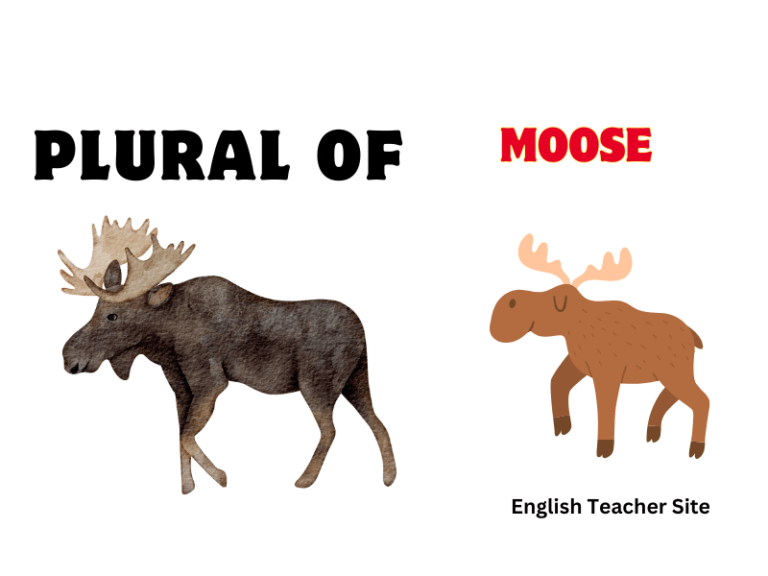What’s the Plural of Moose: Understanding English Irregular Plurals
The reason “moose” keeps the same form in both singular and plural stems from its linguistic origins. Borrowed from an Algonquian language of the Native Americans, “moose” was integrated into English without alteration to its plural form. This peculiarity makes it part of the category often referred to as “stubborn nouns,” which encompass words that…










